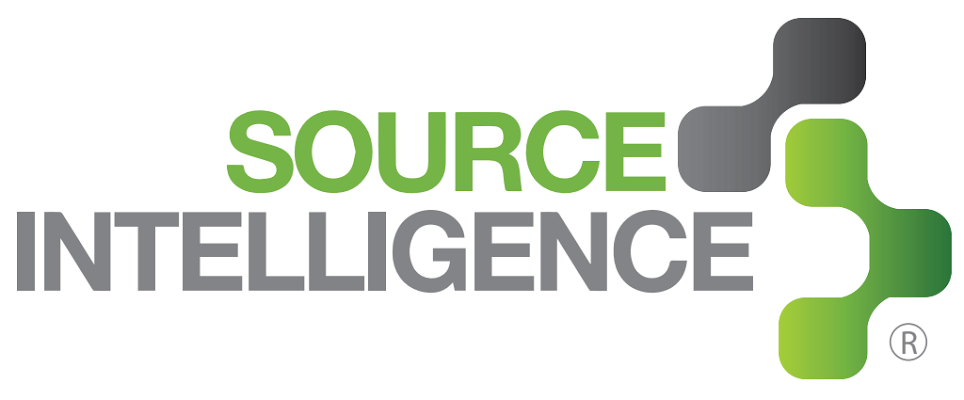From Mine to Smelter to Manufacturers: Smelter Verification for Conflict Minerals
From Mine to Smelter to Manufacturers: How Conflict Minerals Enter the Supply C…
Manufacturing, Electronics, and Oil and Gas industries, use the four conflict minerals tin, tantalum, tungsten, and gold—better known as 3TG—in a wide variety of their products. One of the most common questions asked about conflict minerals is, what are tin, tantalum, tungsten and gold, used for on a daily basis, and how are they transferred throughout the supply chain from mine, to smelter, to consumer goods.
To get a better understanding of how consumers could be unknowingly fueling the armed conflict and human rights abuses in the DRC and surrounding countries, a grasp of how this conflict minerals supply chain appears is necessary.
Supply chains for companies that use 3TG begin at the mine site. During this upstream process of the supply chain, the metal ore that is extracted and mined using artisanal techniques is either bought by local processors and than by an exporter, then shipped to the smelter site, or sold directly to an exporter, then sent to the smelter site.
Unfortunately, this is the part where conflict is present. Many of these mines and exporters are controlled by groups that are profiting from illegal trade actions, then are smuggling these minerals from the DRC to different smelters on a global scale. Once the metal ore has reached the smelter site for refinement, the downstream portion of the supply chain begins. However, similar to the upstream process, there are different routes that are taken depending on the type of mineral. In the Government Accountability Office’s Report to Congress on “Stakeholder Options for Responsible Sourcing Are Expanding, but More Information on Smelters Is Needed,” the downstream supply chain processes are explained:
“Smelters primarily provide high-purity tin, tantalum, and tungsten directly to component parts manufacturers, although some sell high-purity gold to banks for use as a store of value or to international exchanges where gold is bought and sold, although some refiners sell gold directly to manufacturers; banks and traders may also sell gold to manufacturers, including jewelry and component parts manufacturers.”
The refined tin, tantalum, tungsten or gold, during the components manufacturers step, is transformed to individual parts that are then sold to equipment manufacturers. This is the final step before the product, that may contain conflict minerals, is sold to the consumer.
This complex process creates ambiguity in the tracing of minerals’ origins, and makes it difficult to differentiate the conflict-free minerals from conflict minerals. Suppliers of tin, tantalum, tungsten, and gold, have played a major role in pursuing conflict-free supply chains since the Dodd Frank Section 1502 regulation. However, verifying and certifying unknown smelters is an ongoing effort according to the GAO’s report to Congress on "Stakeholder Options for Responsible Sourcing Are Expanding." A manageable smelter verification system that properly manages unknown supplier provided smelter information is essential. In order to get a better understanding of how companies have overcome smelter verification challenges during their conflict minerals reporting, the Conflict Minerals Resource Center provides education to help companies with frequently asked questions, case studies, and compliance basics.
Currently, the CMRC is offering a 50%-off registration code and subscription for real time alerts of when there are updates regarding conflict minerals compliance, smelter and reporting template information. If you are interested in becoming a member, you can register here. For more information on what the CMRC provides, the CMRC has provided an interactive "how to" video.
Source Intelligence Contact
Education@sourceintelligence.com

